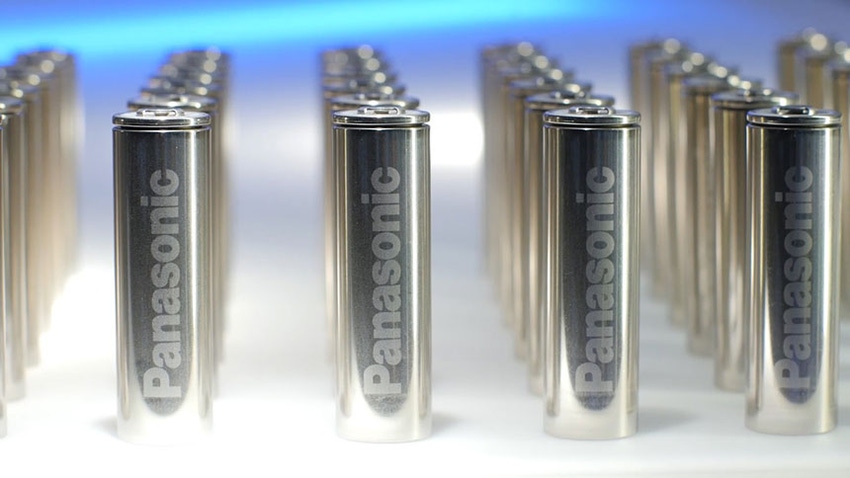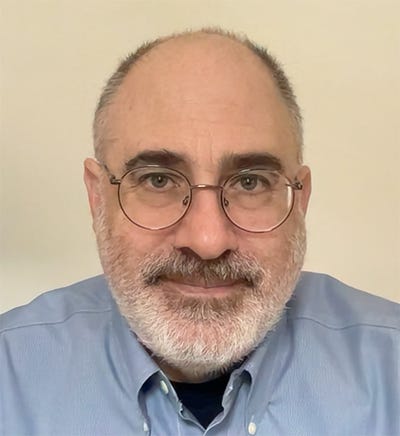Panasonic Energy’s Production Prowess Accelerates
By growing production capacity and forging key alliances, Panasonic is surging into 2024. Let’s review.
January 9, 2024

With a nearly 100-year history of innovation in batteries, global lithium-ion (LI) battery leader Panasonic Energy recently shipped its 8 billionth EV battery cell from its Nevada facility—a testament to the company’s momentum toward accelerating the world’s transition to sustainable energy.
Production in the US is a critical part of the company’s success in building a more competitive and resilient supply chain.
Advancing its capacity in the automotive sector, Panasonic’s new manufacturing facility in De Soto, Kansas, will expand production of the company’s cylindrical 2170 EV batteries—with an initial annual output of 30 gigawatt hours expected to begin by the end of March 2025.
“This groundbreaking in Kansas is an important step towards expanding our production capacity in North America to meet the rapidly growing demand for lithium-ion batteries,” said Kazuo Tadanobu, president and CEO of Panasonic Energy, in November 2022. “With our leading technology, proven expertise, and the state of Kansas as a critical partner, we will continue driving the industry forward while pursuing a more prosperous and sustainable future for our society.”
The company has hired 70 employees for the Kansas plant, and the new facility’s first steel beam was erected in April. Some engineers will train in Nevada and Japan before starting work in De Soto.
Add to that expansion the production milestone reached at the company’s Sparks, Nevada, facility—one of the world’s largest LI battery factories — and “it is an exciting time to be producing EV batteries,” a Panasonic spokesperson asserted. “In order to meet the demands of consumers interested in EVs, there is significant need for everyone—not just Panasonic—to match the appetite. Through our factories, Panasonic is gearing up for a four or five times growth by 2030.”
Good report card
In the company’s first Integrated Report 2023, released in September, Panasonic Energy detailed its fiscal year 2023 initiatives and noted its unique strengths.
Established in April 2022 with the consolidation of the Panasonic Group’s battery divisions, Panasonic Energy boasts 7,600 patents, leadership in the development of cobalt-free technology to reduce the use of rare-earth metals, and a record of zero recalls of its more than 13 billion cylindrical EV batteries produced to date.

A rendering of Panasonic’s Kansas EV battery factory. IMAGE COURTESY OF PANASONIC
The report touts that it has a “firm grip on top position in North America,” commencing with the 2017 building of the Nevada plant. Having supplied its 1865- and 2170-size cells to the North American market, the company is eyeing the rollout of its 4680-size cells. Production of those larger-capacity cells (size denotes dimensions of batteries in millimeters) is scheduled to begin in the first half of the company’s fiscal year 2025 (ending 31 that year) at Panasonic’s Wakayama factory.
Building on its US partnerships, Panasonic Energy of North America (PENA) is expanding its cooperation with Redwood Materials. Redwood, of Carson City, Nevada, makes sustainable battery materials and will provide recycled copper foil for PENA’s Nevada plant starting in 2024 and recycled cathode active materials for the Kansas facility in 2025. Since 2019, Redwood has been recycling scrap material from PENA.
Steadying supplies
Part of transitioning more users to sustainable energy is establishing a robust supply chain. Panasonic is working toward that progress on several fronts by:
Partnering with Palantir Technologies in a multiyear agreement to deliver smart factory capabilities to PENA’s Nevada facility. Palantir’s Foundry platform—“the ontology-powered operating system for the modern enterprise,” according to the company—will help integrate edge sensors across factory lines, introduce automated efficiencies and enable operational users on factory floors to leverage connected operations.
“We engaged Palantir to assist on our journey towards a connected factory by addressing the challenges of disparate data systems and manual workarounds leading to inaccurate data analysis,” said Justin Herman, Chief Information Officer of PENA. “Within Foundry, we were able to operationalize our data and, within months, reduce waste throughout our manufacturing process. Over multiple use cases across functional groups, Foundry is assisting in driving operational excellence for PENA, empowering our people through accurate data-driven decision-making and delivering significant ROI per year. And we are just getting started."
Alliances for supplies of high-capacity silicon anode material for automotive EV batteries from two new sources. UK-based Nexeon Limited’s silicon anode material will be used at PENA’s Kansas facility. Panasonic, the first company to succeed in mass-producing silicon-doped EV batteries, will be among the first in the industry to use Nexeon’s new silicon. The material is capable of containing expansion under charging to boost battery performance.
And in the first week of 2024, Panasonic announced a partnership with battery materials developer Sila to use Sila’s Titan Silicon nano-composite silicon anode material. Sila will manufacture the material at its Moses Lake, WA facility, making it eligible for Inflation Reduction Act tax credits.
Establishing a North American supply chain for graphite in an agreement with Nouveau Monde Graphite. NMG’s low-environmental-impact graphite material will help Panasonic halve its carbon footprint by the fiscal year ending March 2031.
“As the global shift to EVs accelerates, we are looking into ways to strengthen our battery production capacity in North America and meet the growing demand from our automotive partners,” asserted Tadanobu. “With our superior technology and extensive experience, we will drive the growth of the Li-ion battery industry, accelerate our efforts to achieve zero emissions in the future, and work toward our mission of achieving a society in which the pursuit of happiness and a sustainable environment are harmonized.”
EV Battery Leaders is a series of occasional features profiling the top makers of EV batteries worldwide.
About the Author(s)
You May Also Like





